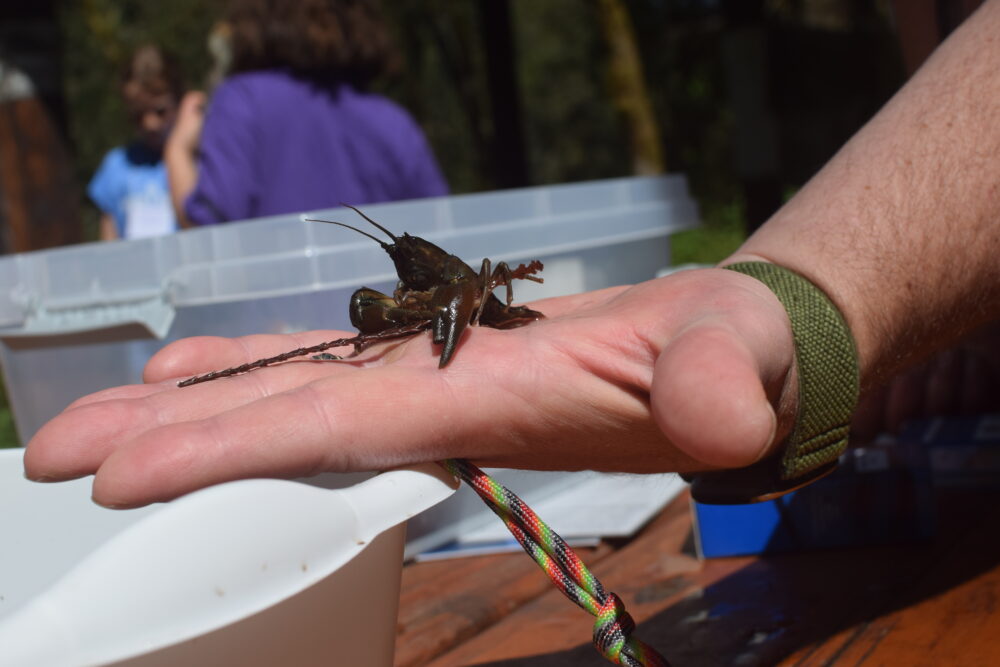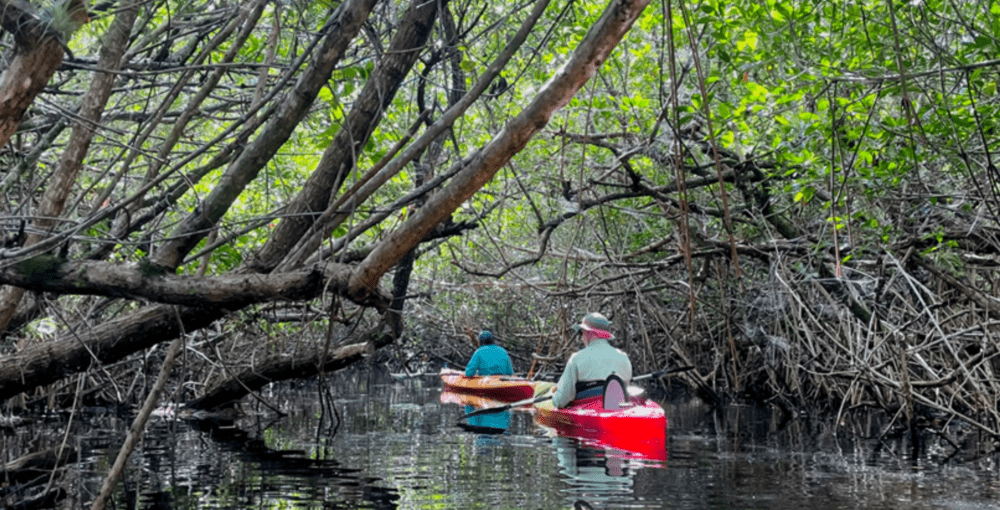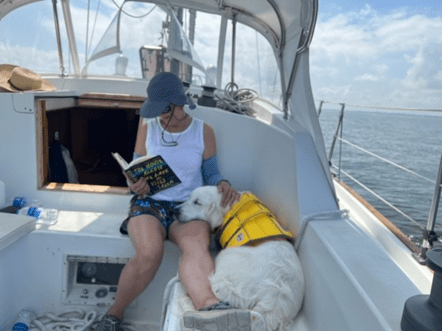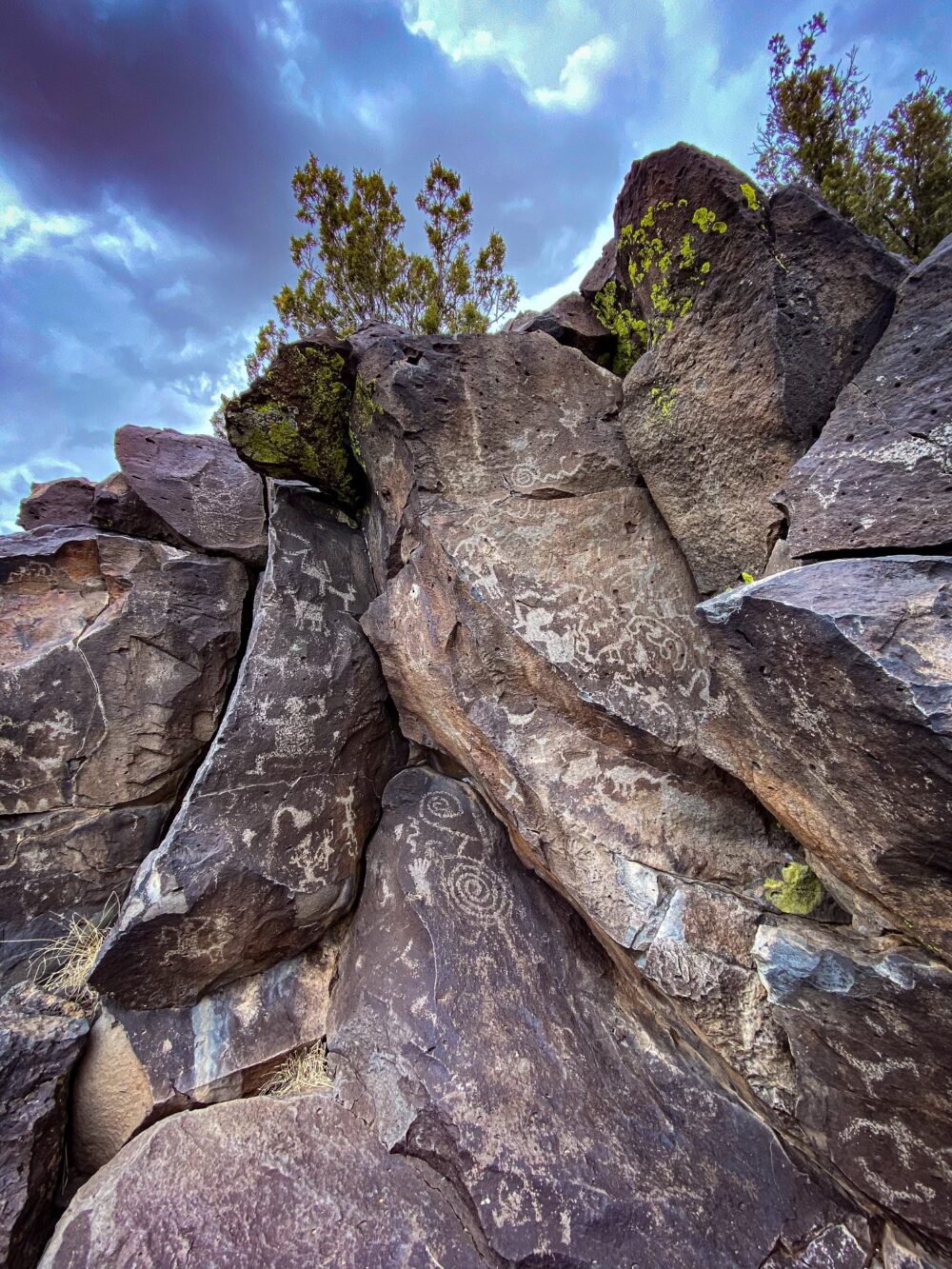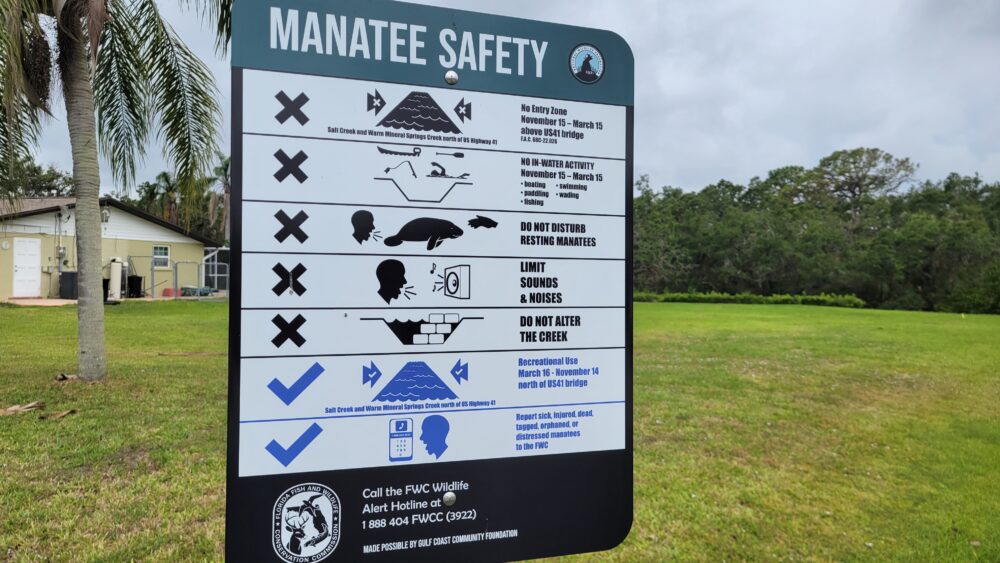We have much more to do and your continued support is needed now more than ever.
13 Camping Spots to Visit Now
Let Our Staff Help You Pick Your Next Campsite
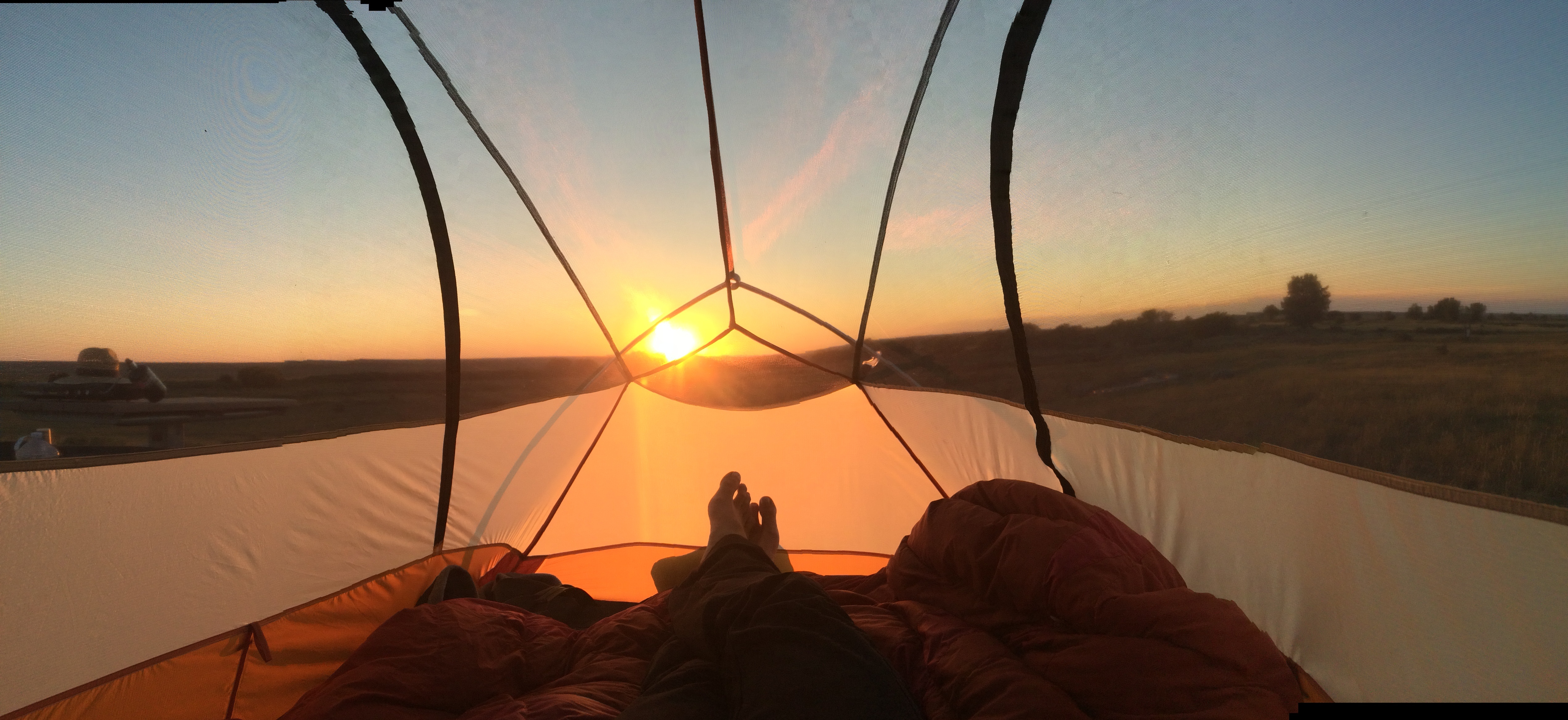
To kick-off our Great American Campout this Saturday, some of our staff from across the country want to share their favorite camping spots with you this summer:
Buffalo Camp
Recommended by Hayley Connolly-Newman, Northern Rockies, Prairies and Pacific Regional Center
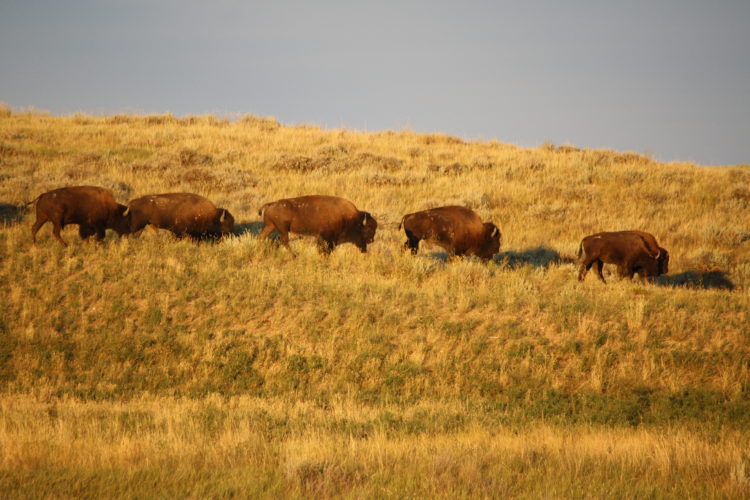
Location: Sun Prairie Unit, American Prairie Reserve (APR), Montana
Why Camp Here: This is not your typical campsite – Buffalo Camp is at least an hour’s drive from any services, through some of the largest intact native prairie grasslands and sagebrush steppe in the U.S. Thanks to the symphony of wildlife noises from birds, coyotes, bison, and more, the setting makes you feel like you might run into Lewis and Clark around a bend in the road.
Wildlife: There’s a good reason it’s called Buffalo Camp since about 600 bison roam freely around the property. Also, the camp is just north of the 1.1 million acre Charles M. Russell Wildlife Refuge, which is one of the few spots that provides habitat for the critically endangered black-footed ferret. Although it’s pretty rare to see one of them, you can explore the prairie dog towns that support the ferrets, along with a lot of other wildlife such as elk, pronghorn, bighorn sheep, sage grouse, and burrowing owls.
Amenities: The area has unprecedented wildlife viewing and birding opportunities. A short distance away, Fort Peck Reservoir offers boating and fishing.
Staff Experience: When I camped out there last year while working with Montana Conservation Corps crews flagging fence for sage grouse, part of the bison herd came through camp. It was August, and the bison were in rut, making the most incredible sounding bellows.
Learn MoreCodorus State Park
Recommended by Jillian-Taylor Stokes, Mid-Atlantic Regional Center
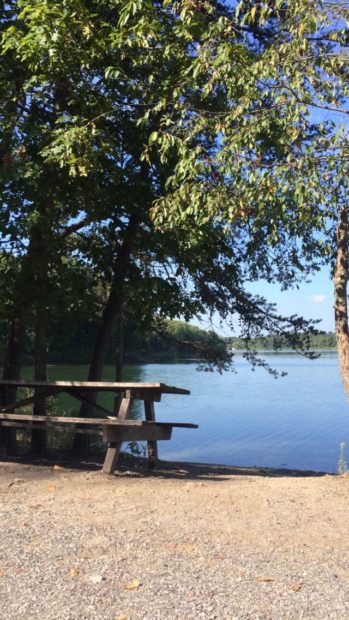
Location: Hanover, Pennsylvania
Why Camp Here: In the footlands of the Appalachian Mountains, this area is beautiful. There is a ton to explore, including an historic chapel buried among the winding trails. There’s a camping area with a pseudo-backcountry feel where tent campers can get away from the sounds of RV and electric campers’ generators. The park surrounds a lake and several historic sites, so there’s boating as well.
Wildlife: You may see deer, waterfowl, songbirds, turtles, muskrats, and more as you explore along the various trails or hang out on the lake.
Amenities: The park offers boating, fishing, hunting, swimming, and trails for horseback riding, mountain biking, and hiking.
Learn MoreBrighton State Park
Recommended by Taj Schottland, Northeast Regional Center
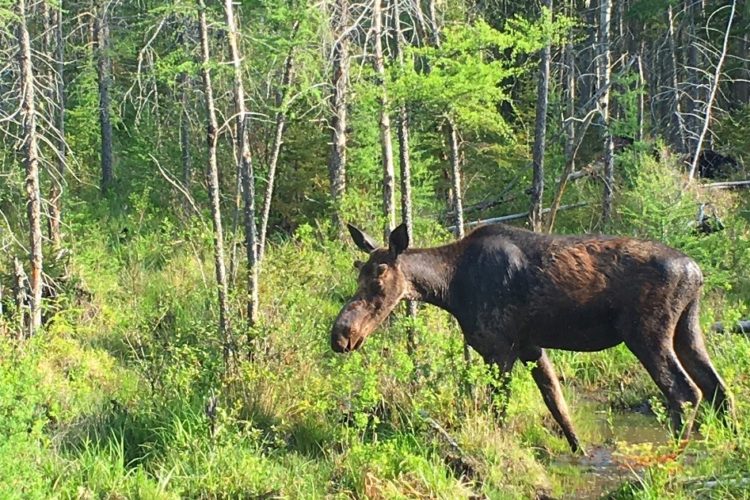
Location: Island Pond, Vermont
Why Camp Here: The Northeast Kingdom is known for its rural setting and beautiful boreal habitat, and a visit to Brighton State Park is the perfect way to explore this wonderland. Moose Bog and the Wenlock Wildlife Management Area are also in the same area.
Wildlife: Moose are surprisingly common along the major road near the state park. Simply drive east from the campground on Route 105 for ten or fifteen minutes, and you’re likely to see at least one moose. This area is also the best place in Vermont to see boreal species of birds like spruce grouse and grey jays. If you explore just a couple miles further east in the Nulhegan Basin Division of the Silvio O. Conte National Wildlife Refuge, you might spot the incredibly elusive Canada lynx that was recently spotted on the refuge.
Amenities: The park itself is located on the shore of Island Pond. It has approximately 90 campsites, lean-tos, and cabins, some of which are located right along the shore. The sandy “camper beach” is a lovely place to relax and swim during the day. In the evening hours you can hear nesting common loons giving their hauntingly beautiful yodel call as it echoes across the lake.
Staff Experience: We saw three moose this year during our Memorial Day weekend camping trip!
Learn MoreWes Cooksey Dam County Park
Recommended by Shell Rumohr, South Central Regional Center
Located: Camp Wood, Texas
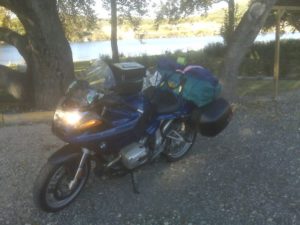
Why Camp Here: The surrounding country is scenic and the roads are wonderful for motorcycling. This is near the “three sisters,” Ranch Roads 335, 336 and 337, famous in Texas for exciting twists and turns.
Wildlife: Not too far from Camp Wood (about 45 min drive) is the Devil’s Sinkhole Natural Area, with bat emergence tours (reservations required) throughout the summer.
Amenities: The facilities are fine. It’s a shaded area, has a dam and a lake, and the tent sites are all along the river.
Learn MoreOuachita National Recreation Trail
Recommended by Geralyn Hoey, South Central Regional Center
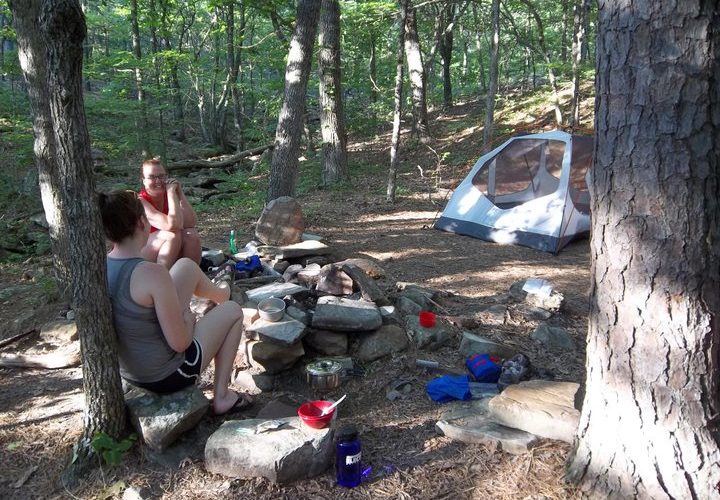
Location: Ouachita National Forest, Oklahoma
Why Camp Here: There are very few people around, and the trail is very accessible with unique views and sites along the way. Talimena National Scenic Byway runs along the ridge of the western side of the Ouachita Mountains near the trailhead making it easy for an overnight stay with a nice scenic drive.
Wildlife: Black bears, raccoons and other “critters” are around.
Amenities: All sites are backcountry primitive sites but marked on maps, and there are no fees to enter because it runs through the National Forest.
Staff Experience: My favorite end of the trail is the western side in Southeast Oklahoma because there are amazing views. It’s an easy overnight or weekend trip.
Learn MoreVogelsang High Sierra Camp
Recommended by Beth Pratt-Bergstrom, California Regional Center

Location: Yosemite National Park, California
Why Camp Here: The rapturous, granite peak and alpine lake studded landscape sits at 10,130 feet surrounded by the mountains of the Cathedral Range. The seven-mile hike from Tuolumne Meadows saunters through lupine filled meadows and affords splendid views of Mt Conness, North Peak, Fletcher Peak, and Rafferty Peak.
Wildlife: Campers could see mule deer, black bear, mountain bluebirds, Yosemite toads, different bat species, and pika.
Amenities: Access is by hiking or horseback riding only, but the quaint camp provides tent cabins and meals, thus eliminating much weight from your pack. Once you arrive at camp, Fletcher Peak lords over the alpine meadow, and in the evenings the sunset and alpen glow paints Fletcher and the other granite peaks in purple and pink hues.
Staff Experience: For me, Vogelsang High Sierra Camp represents the best the Range of Light – the Sierra Nevada – has to offer. Watching the sunset over a view of Half Dome from a ledge in the camp and looking for pika in the rocks are two of my favorite things to do there.
Learn MoreWhite River National Forest
Recommended by Garrit Voggesser, Rocky Mountain Regional Center
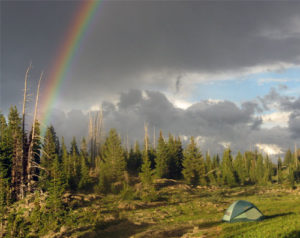
Location: Glenwood Springs, Colorado
Why Camp Here: With eight Wilderness areas and 2500 miles of trails, White River National Forest offers a wide variety of activities for campers and day trippers. It is the most visited national forest in the nation, and campers can hike or stay in the Maroon Bells Scenic Area which is amazingly beautiful.
Wildlife: Campers could see red fox, mule deer, bighorn sheep, grey jays, and pika.
Amenities: The site offers camping, swimming, fishing, hiking, boating, and horse camping and riding,
Learn MoreShenandoah National Park
Recommended by Tara Losoff, National Advocacy Center
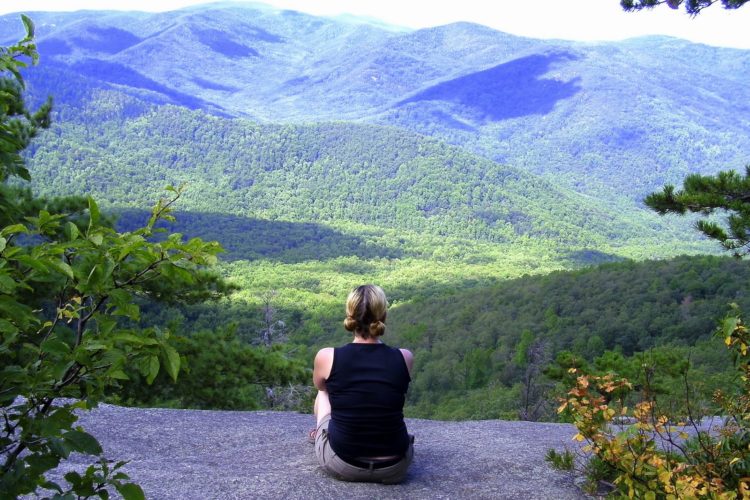
Location: Luray, Virginia
Why Camp Here: Shenandoah offers some terrific hikes, including over 100 miles of the Appalachian Trail and my favorite Old Rag Mountain Hike.
Wildlife: Over the years, we have seen black bears (at a safe distance thankfully) as well as deer, snakes, and countless species of birds and other wildlife.
Amenities: There are a few great options for camping at the park that offer easy opportunities to connect with nature, wildlife, and friends. Loft Mountain Campground is a favorite and offers somewhat secluded campsites and scenic views. I often stay at the Mathew’s Arm Campground because of its large group campsites, since every summer I organize a large group for a fun weekend of camping, hiking, and floating down the Shenandoah River.
Staff Experience: Just a few hours’ drive from Washington DC, I can escape into the cooler air of the Blue Ridge Mountains and enjoy vista views from Skyline Drive as it winds through the park.
Learn MoreAssateague Island National Seashore Park
Recommended by Amelia Todaro, NWF Headquarters
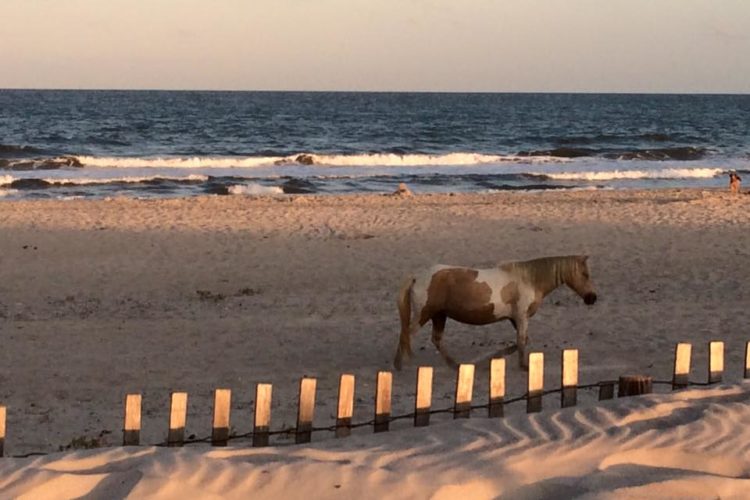
Location: Berlin, Maryland
Why Camp Here: One of this beach park’s unique features is that you can see wild ponies throughout the island.
Wildlife: Along with the famous wild horses, visitors can see piping plover, horseshoe crabs, and ghost crabs.
Amenities: You can camp in a tent or in your RV. Bonfires are allowed on site, and there is a drive-on beach where you can go fishing.
Staff Experience: I love camping here because you never have to leave the beach and fall asleep to the sound of the ocean.
Learn MoreFall Creek Falls State Park
Recommended by Laura Potts, NWF Headquarters
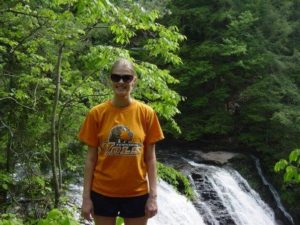
Location: Spencer, Tennessee
Why Camp Here: You can cool off in Fall Creek Falls, which at 256 feet is one of the largest waterfalls in the eastern U.S. There is also no cell service to distract you from enjoying the great outdoors.
Wildlife: Multiple bird species can be found here such as great horned owls, pileated woodpeckers, and red-tailed hawks. Visitors could also see deer, squirrels, foxes, and maybe black bear.
Amenities: It’s the largest and most visited state park in Tennessee. This place has got it all – an inn, cabins, tent camping for all types of lodgers, and a wide variety of activities such as fishing, hiking, biking, bird watching, swimming, boating, rock climbing and even a swinging bridge.
Learn MoreSaint Croix National Scenic Riverway
Recommended by Todd Ambs, Great Lakes Regional Center
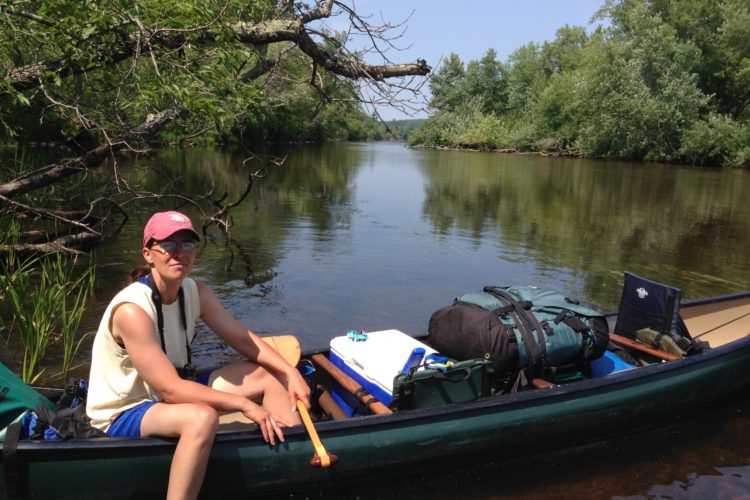
Location: St. Croix Falls, Wisconsin
Why Camp Here: Along with the St. Croix River, the Namekagon River runs through this area and is the most popular and scenic river in northern Wisconsin for multi-day canoe or kayak camping trips.
Wildlife: Campers can see beavers, great blue heron, bats, black bears, and bobcats.
Amenities: Individual and group campsites are available in the area, most of which offer picnic tables and fire-rings. All sites are available on a first-come, first-served basis. Campers can enjoy kayaking, canoeing, hiking, fishing, and other outdoor activities.
Staff Experience: I have spent the last 20 years in Wisconsin and am an avid camper and canoeist. Along with this area, I also recommend Flambeau River State Forest in northern Wisconsin and Nelson Dewey State Park Walk In Campsites in southwest Wisconsin.
Learn MoreSleeping Bear Dunes National Lakeshore
Recommended by Jordan Lubetkin, Great Lakes Regional Center
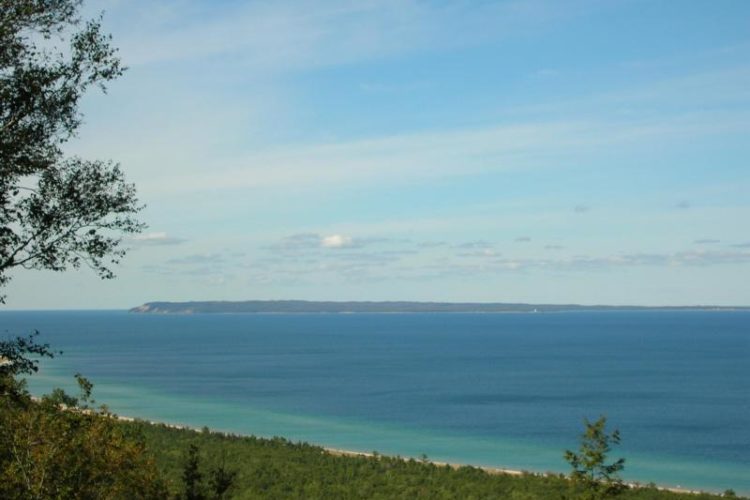
Location: Empire, Michigan
Why Camp Here: Located on Lake Michigan, this place is worth visiting because of the Dune Climb which is a wonderful hike for kids and adults and provides spectacular views. The campsites are comfortable and provide ample space to enjoy nature.
Wildlife: You can see white-tailed deer, porcupines, red foxes, and maybe a river otter if you’re lucky!
Amenities: This park has excellent hiking trails. My favorite: Sleeping Bear Point Trail, which goes through dunes — including a ghost forest — and provides striking views of Lake Michigan. The park also provides awesome birding opportunities, from spotting piping plovers to bald eagles. The Platt River, which runs through the park, offers great kayaking and canoeing.
Staff Experience: Our family has camped at Sleeping Bear Dunes nine years in a row —a streak that we intend to continue. The park offers great outdoor experiences that we all enjoy: hiking, swimming, biking, and (the family favorite) lounging in a hammock, enjoying the Lake Michigan breeze.
Learn MorePJ Hoffmaster State Park
Recommended by Jason Dinsmore, Great Lakes Regional Center
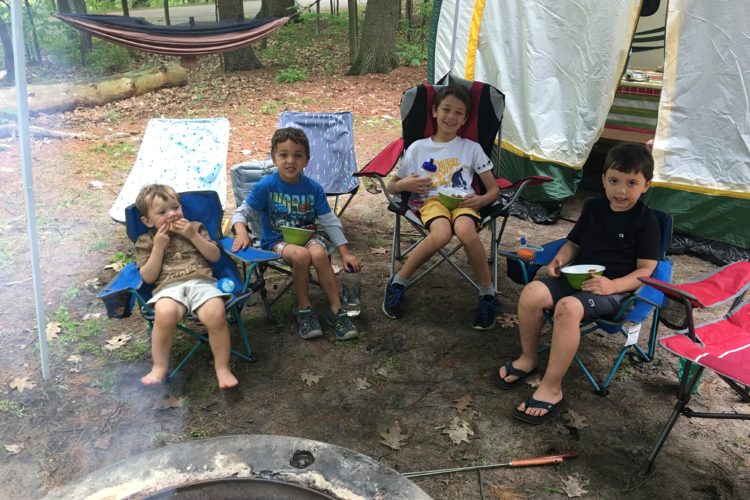
Location: Muskegon, Michigan
Why Camp Here: This is a beautiful campground that has an abundance of trees and other cover, offering a great amount of privacy. It is on Lake Michigan, so there’s a great beach for the kids to build sand castles and play in the water. Since this park is not as famous as the nearby Sleeping Bear Dunes, the area is far less crowded.
Wildlife: Visitors can see bats, turtles, deer, frogs, a variety of birds.
Amenities: The area offers hiking, waterfront views, a beach, and water associated activities.
Staff Experience: Hoffmaster State Park has some really cool dunes that offer amazing views and are fun for the kids (and young at heart) to race down toward the water.
Learn MoreWhat’s your favorite place to camp in the United States? Share it with us in the comment section below!
Pledge to Camp
Join NWF Staff this summer and be a part of the Great American Campout
















